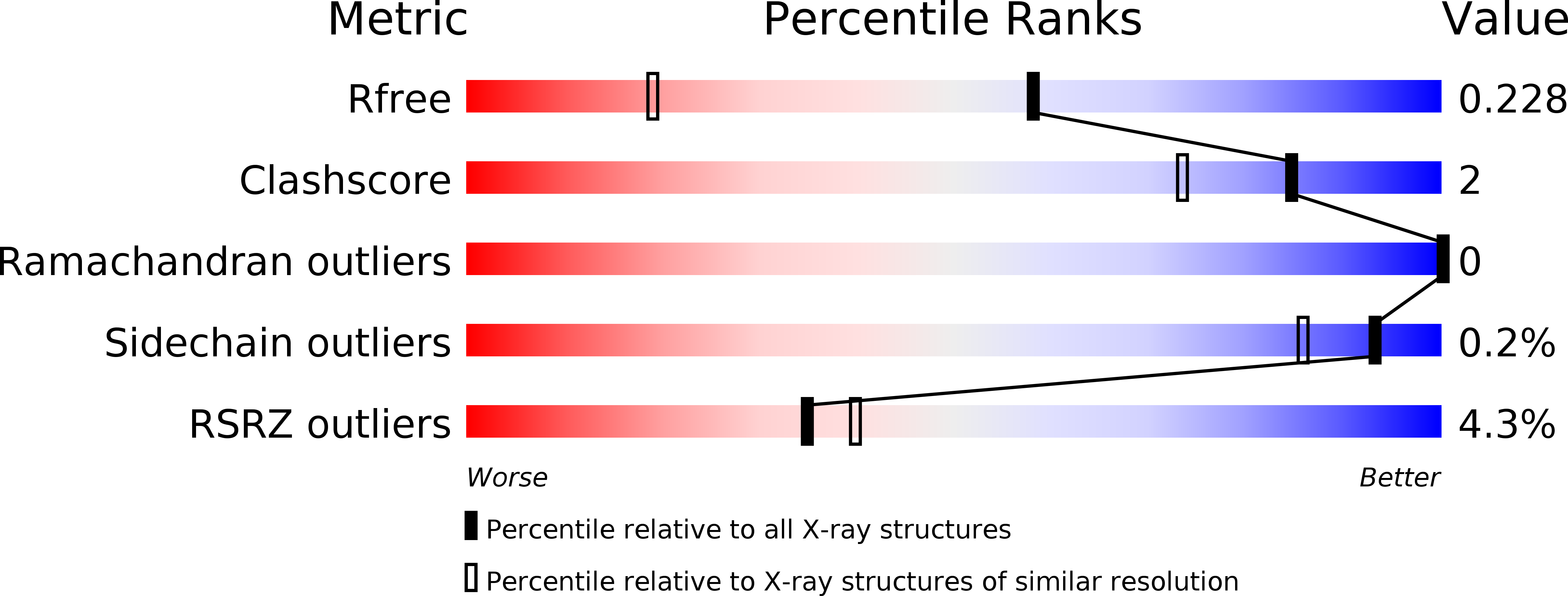
Deposition Date
2019-01-23
Release Date
2020-02-05
Last Version Date
2024-05-15
Entry Detail
PDB ID:
6QJA
Keywords:
Title:
Organizational principles of the NuMA-Dynein interaction interface and implications for mitotic spindle functions
Biological Source:
Source Organism:
Homo sapiens (Taxon ID: 9606)
Host Organism:
Method Details:
Experimental Method:
Resolution:
1.54 Å
R-Value Free:
0.21
R-Value Work:
0.16
R-Value Observed:
0.17
Space Group:
P 21 21 21


